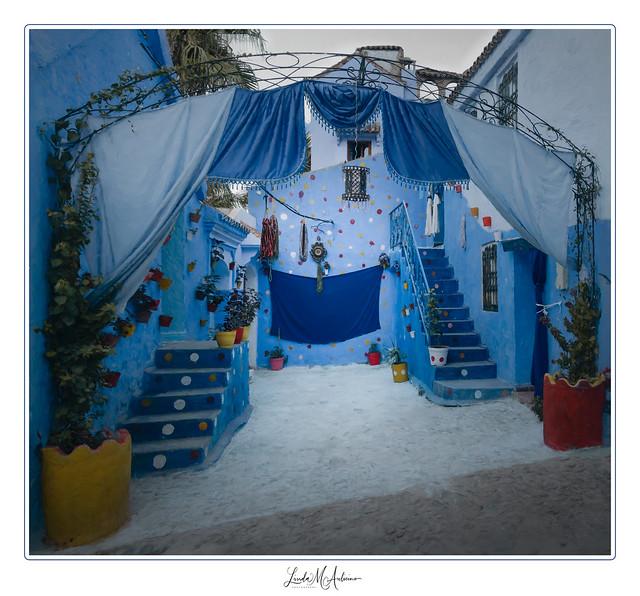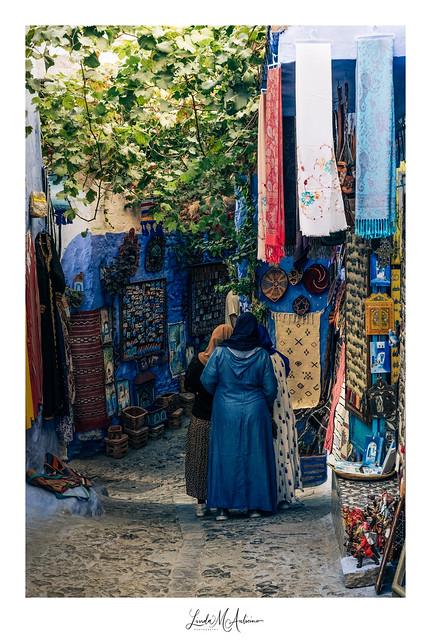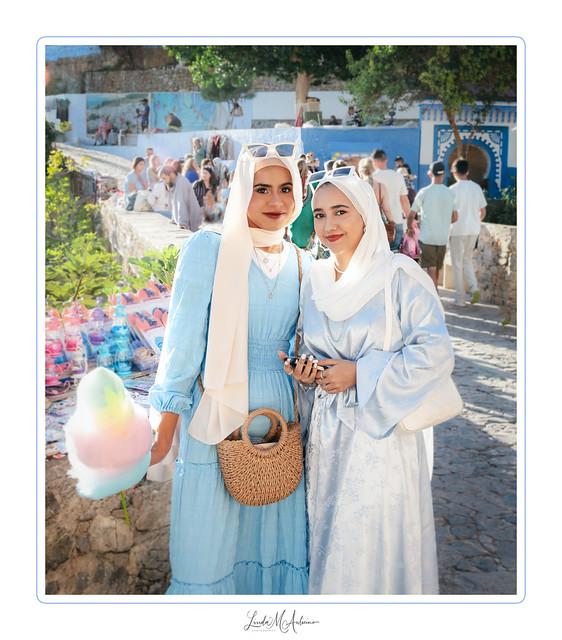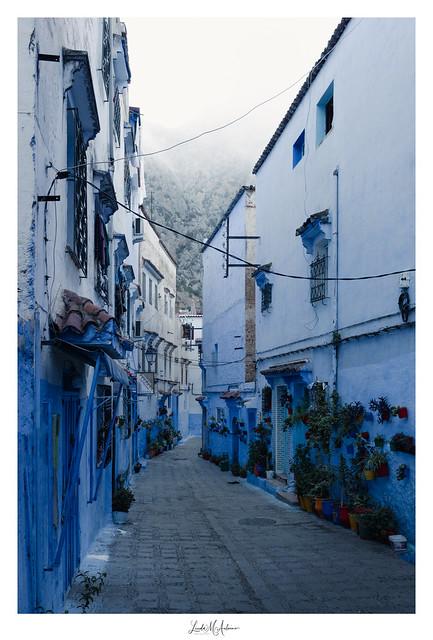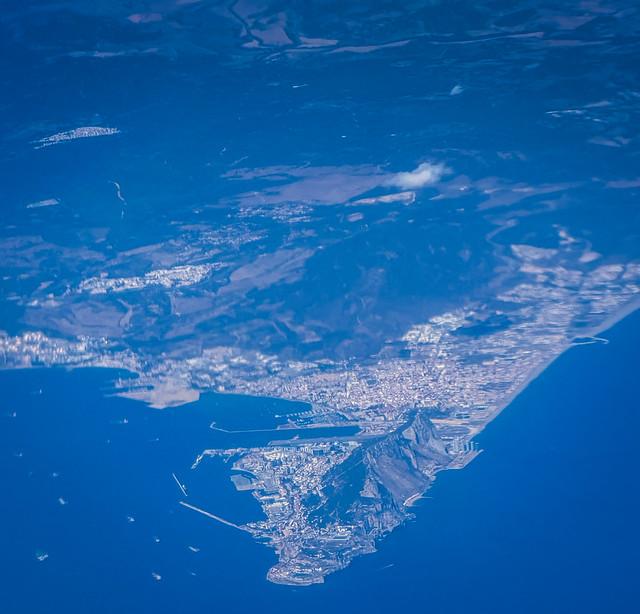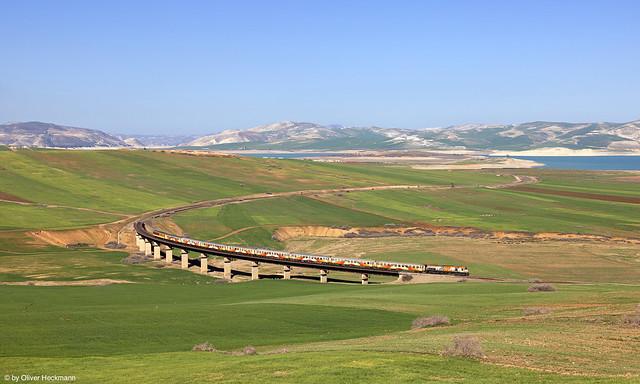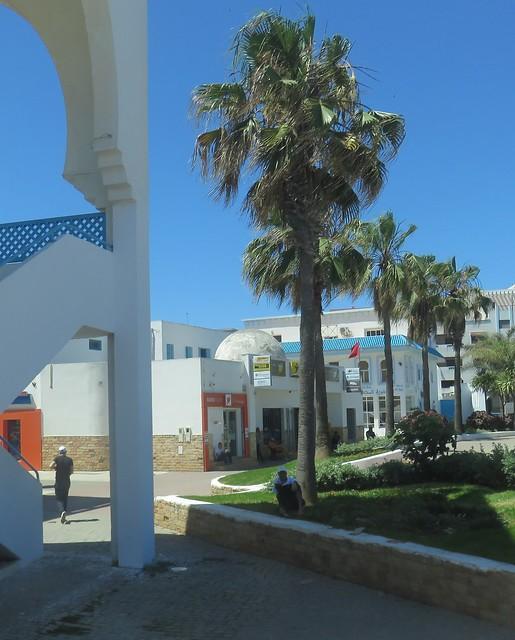Chefchaouen
Overview
Chefchaouen, also known as the Blue Pearl of Morocco, is a stunning mountain town known for its captivating shades of blue that blanket the buildings of its old town. This unique color palette is a major draw for tourists and photographers seeking to capture its ethereal beauty. Located in the Rif Mountains, Chefchaouen isn't just a visual delight; it's steeped in rich history and culture, influenced by Andalusian refugees who settled there in the 15th century. The town exudes a relaxed atmosphere compared to the bustling cities of Marrakech and Casablanca, and it offers an intimate glimpse into the traditional Moroccan way of life, with its local crafts, peaceful medina, and friendly locals who often wear traditional Moroccan attire.
The best time to visit Chefchaouen is during the spring (April to June) when the weather is comfortably warm and the surrounding mountains are lush and green. This season brings out the vibrant life in the town with clearer skies and pleasant temperatures, ideal for exploring the blue alleyways and enjoying outdoor activities such as hiking in the nearby Rif Mountains or visiting the Akchour Waterfalls. The town also sees a rise in cultural activities during this period, including local festivals that can provide a deeper insight into the heritage and traditions of Chefchaouen.
Before traveling to Chefchaouen, there are several preparations to consider to ensure a smooth trip. Firstly, ensure that your passport is valid for at least six months beyond your planned date of departure from Morocco. While visas are not required for stays under 90 days for many nationalities, it's essential to check the latest visa requirements based on your citizenship. Additionally, learning a few basic phrases in Arabic or French can be incredibly helpful, as these are the primary languages spoken in Morocco. Lastly, it's advisable to exchange some currency into Moroccan Dirhams for daily expenses, as credit card acceptance is not as widespread, particularly in smaller shops and cafes. Dressing modestly is recommended to respect the local culture, especially when visiting religious sites.
How It Becomes to This
History not available

You May Like
Explore other interesting states in Morocco


